This was the first drawing of Hellboy. pic.twitter.com/Njto2eR1aX
— Mike Mignola (@artofmmignola) January 11, 2018
§ Nice Art: From the archives, the first concept of Hellboy, including vulture.
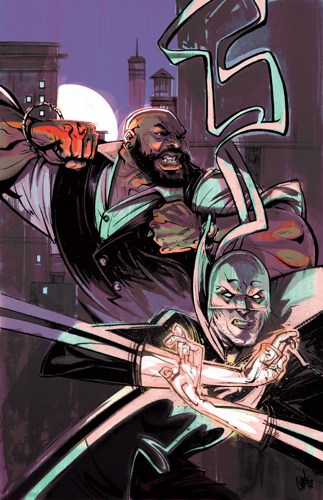
“To catch you up if you don’t know, Keratoconus (what I’ve had since high school) is basically when your round eye decides overtime it wants to be a football. Eyeball, your not a football, silly. The condition stresses the cornea, distorting vision and refracting light in weird ways. Eventually it thins your cornea to the point of a tear, ie where I am. So now I’m basically looking through a scar on my eye, which allows little to no visibility, mostly just light.”
It’s been suggested you can help him pay for his operation by purchasing some of his art,, which is very nice, so win win.
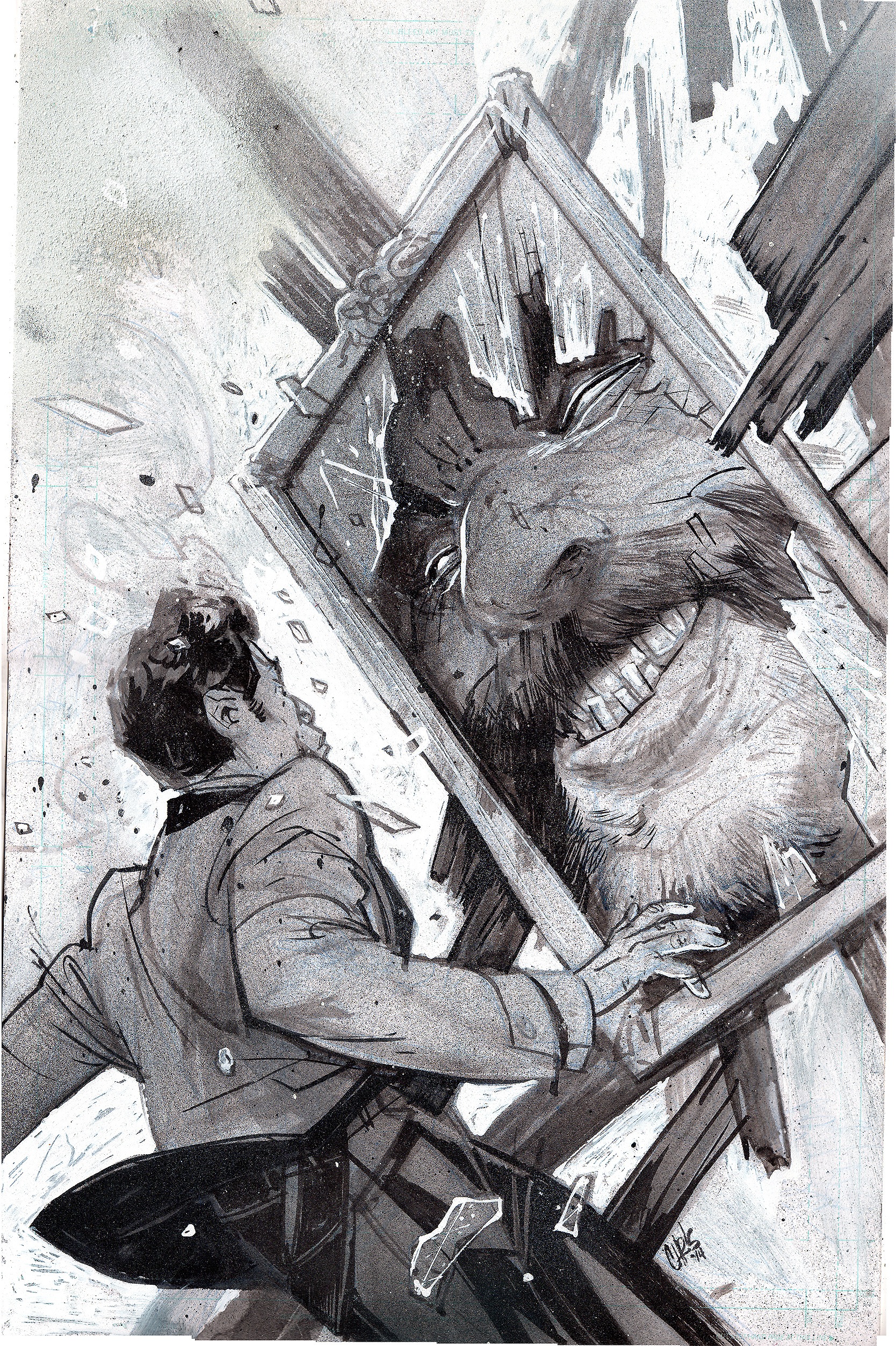
§ George Gustines profiles the Black Comic Book Festival, which is being held this weekend at the Schomberg Center in NYC.
Although inroads are being made on the representation front, festivals like this one are still needed, the event organizers said. The Black Comic Book Festival is “about being in a place where you aren’t pushed to the boundary,” said Jonathan Gayles, one of the festival’s founders and the director of “White Scripts and Black Supermen,” a documentary about the sometimes stereotypical portrayal of black characters in comics. “When we’ve participated in larger shows, there’s generally a ‘black panel’ or a ‘black corner,’ and that box is checked,” Mr. Gayles said. “At the Schomburg, and similar black comic-cons around the country, people attend because they want to feel they are at the center.”
§ And Abe Reisman profiles four progressive comics companies, Lion Forge (owner of this site), Emet Comics, Black Mask and the indomitable Spike Trotman’s Iron Circus.
“I remember making a decision early on with my first exploratory forays into the comics industry that there was no seat for me at this table, and if I wanted to do this, it would have to be under my own steam,” she says. It was the dawn of the era of webcomics, and she began writing and drawing her own, an idiosyncratic slice-of-life strip with a diverse cast of characters called Templar, Arizona. Making money was a challenge — she relied on a digital “tip jar” and on flouting PayPal rules against preorders for collected editions of her books. But she relished her freedom. As she puts it, “There was no one sitting behind a desk looking at your work going, ‘But can I sell this to a 35-year-old white man?’”
§ Okay this is interetsing. A scholar is suggesting that comics-y-type storytelling was integral ancient Mediterranean civilizations:
Recent research on the use of graphic narratives in the ancient world has revealed their value to everyday people in the ancient Mediterranean — similar to modern audiences’ appreciation for such work. George Kovacs, a professor of Ancient Greek and Roman Studies at Trent University, has written extensively on the use of graphic storytelling in antiquity. He emphasizes that while people have often dismissed such storytelling as lower in status than the liberal arts of epic poetry or historical prose, visual works were crucial for building complex narratives that could stand in for alphabetic literacy.
§ “Drawn to Purpose: American Women Illustrators and Cartoonists” is a two part exhibit devoted to the history of penwomen at the Smithsonianand curator Martha Kennedy talks about the show.
She wanted to explore “how imagery of women and gender relations has changed over time” and “how broadening of subject matter happens over time and in different art forms.” Ultimately, the goal, Kennedy says, is to “foster a sense of shared history among female artists, inspire younger generations entering these specialties and spur further research in the library’s collections.”
The exhibit features nearly 70 pieces from in an impressive array of 43 artists, with work from the 19th century to today. The artwork ranges from Alice Barber Stephens’ Impressionist-influenced illustrations to Anne Harriet Fish’s elegant, fine-line drawings that graced more than 30 Vanity Fair covers to Roz Chast’s frenzied and funny cartoons in The New Yorker. Even so, Kennedy saw she had more ground to cover, so she wrote a companion book (out in March) and curated a second rotation of the show, with an entirely different lineup of artists, to replace the current one in mid-May. “There are a lot of women who did really interesting, innovative work who have been overlooked and are worthy of further study,” Kennedy says.
§ I haven’t seen too much follow-up on the DC Films re-org, overshadowed as it soon was by an even bigger WB realignment. But at last here’s a piece at The Wrap that pulls all the pieces together, with a generally upbeat outlook for DC movies, since there are now fewer cooks waving around greenlights. Departing marketing head Sue Kroll previously was part of the greenlight committee, but now it’s just studio chariman Toby Emmerich, and that is suppose to be a good thing becauyse too many cooks seems to be a WB specialty. The marketing for Justice League is also scolded – why leave out Superman when everyone know he was coming back. But the really interesting bit comes from an unnamed “insider”:
Kroll had her successes, including the mega-hit “Wonder Woman.”
“There’s intense scrutiny on everything we do, particularly in this world, in the DC superhero universe,” she said in a June interview to promote “Wonder Woman.”But another insider, one familiar with Kroll’s thinking, said there may have been a simple reason for her struggles making “Justice League” fly: “She hated superhero movies.”
A Warner Bros. rep had no comment on the matter.
When confronted with being one of the four or five people alive who do not like superhero movies, Kroll said it was “simply not true” and “I love superhero movies. I’ve always considered it an honor to market films that fans feel so passionately about. And I think our track record stands for itself. As for the ‘Justice League’ campaign, I stand behind everything we did. It was a strategic and creative campaign, and I am immensely proud of the work done by all of us.”
This does back up my own insider rumors that I’ve been hearing for years that a certain layer of studio personnel just didn’t “get” superhero stuff at all. Former studio head Jeff Robinov was certainly tepid-to-cool to the cape set, and aside from the Nolan Batmans, it’s was one big rollercoaster of ambivalence and questionable calls at Warners for years and years. (Nicolas Cage Superman, etc.)
That said, marketing wise the Wonder Woman campaign was great, Suicide Squad had a killer campaign that made a turd look like a fun rude, and could anyone really sell a film whose dual director hudge podge was the only real story?
Newsarama has been on the frontline of reminding everyone that Geoff Johns survived the post Justice League purge, and will remain co-head of the DC Films unit. This despite some reports that had him stepping aside. The Walter Hamada reboot is coming very soon after the last reboot, but just getting someone who can make good movies is probably a step in the right direction.
§ Speaking of superhero movies, the first image of Tom Hardy as Venom has been released and….it’s a picture of Tom Hardy looking like Tom Hardy. Fine by me!
§ The End of the F***ing World has been a sleeper hit on Netflix, and this EW interview with showrunner Jonathan Entwistle has pretty much all you need to know about the production including this colorful anecdote:
I read on your website – there was a brief line that said you found the original comic book in a trash can. Can you walk me through that experience?
I’d always stopped into this old-school comic book store in London, always just looking. I’d grown up with comics and I was keeping my eye out for anything. And the store actually moved from where it was to this super new, shiny premises, and I went there for the very first time and I think they’d been clearing out stock or something like that, and… I found this piece, this hand-drawn, black-and-white, little tiny facsimiled thing. I picked it up and it was just in a pile in the back of the store, and I just thought, “This is cool!” And I saw on the back that it had a price; it was one dollar and it had been crossed out and it said 70 pence, in English. And I was like, “What is this?”So I went inside and said to the guy, like, “What’s this book?” And he said, “Oh yeah, it’s a self-published thing. We’ve got No. 3, No. 6, and No. 2. They’re 70 pence each.” And I was like, “Alright, well okay. I’ll have them.” And then I just thought they were amazing, but obviously, I didn’t have a complete story. So the dude who wrote them, Chuck [Forsman], his email address was in the back of them just written in pencil, and I… emailed him and he saw a short film that I had made, so then we just ended up chatting about it and I happened to say to him, “Dude, I just think this would make an amazing movie.” So we started those conversations and this was, like, nearly 10 years ago now. The show, as it is now, was originally conceived as a movie and we tried so many different ways of making it, and in the end, we came up with Netflix and everybody to do it in the way we did. And it still kind of feels like a movie to me, which is what I think is so awesome about it.
There is some talk of a second season which is…surprising but streaming love success.
§ Everytime I try to think about the world of esports my mind boggles because, well, not everyone can pole vault, but jsut about everyone can play video games so why watch other people do it? But anyway this profile of Geguri, a rare female Overwatch champ, is full of colorful details on gaming life in Korea, as well as maddening accounts of sexism.
Whenever she logs in to a new game, strangers notice her tag. “Hey, it’s Geguri,” writes one player in the chat thread. Another adds: “You’re that girl!” As Geguri toggles screens to check her stats, she mentions that she’s often recognized online. Many of the messages she receives are from fans; others come from trolls, men who mock her looks and tell her she needs plastic surgery. “In the beginning, I cried a lot,” she says. “But I got used to it as time went by.” Over the past year, she explains, she has grown tougher — less vulnerable to the doubts people cast upon her as well as the ones she had sown in her own mind. “I wasn’t always like this, but I decided I needed to believe in myself to be good,” she says. “I need to play with no regrets.”


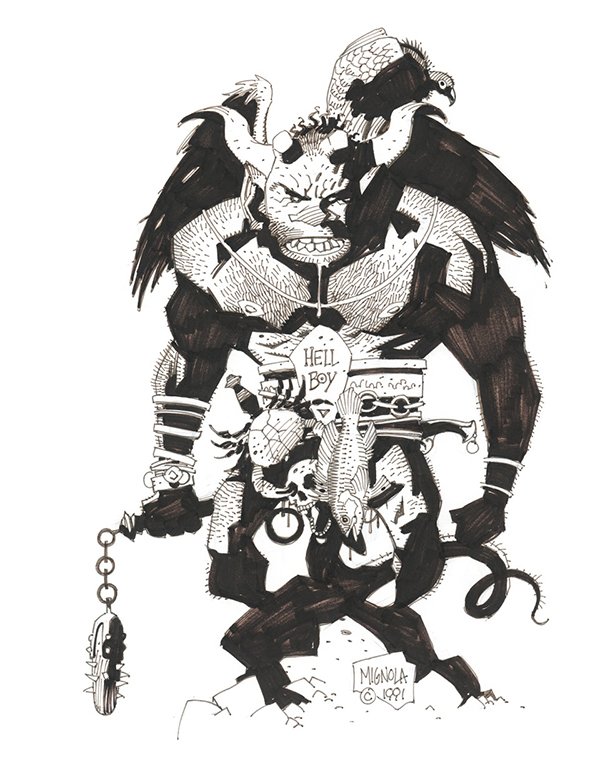
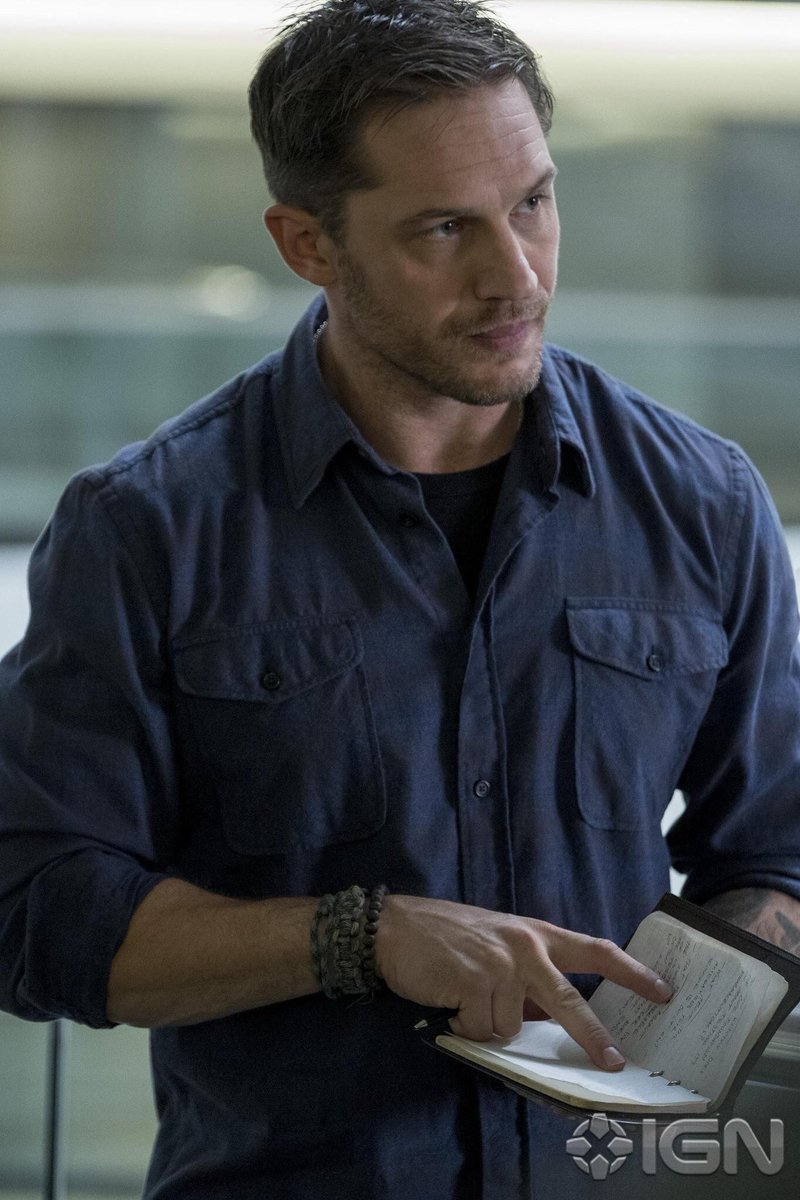
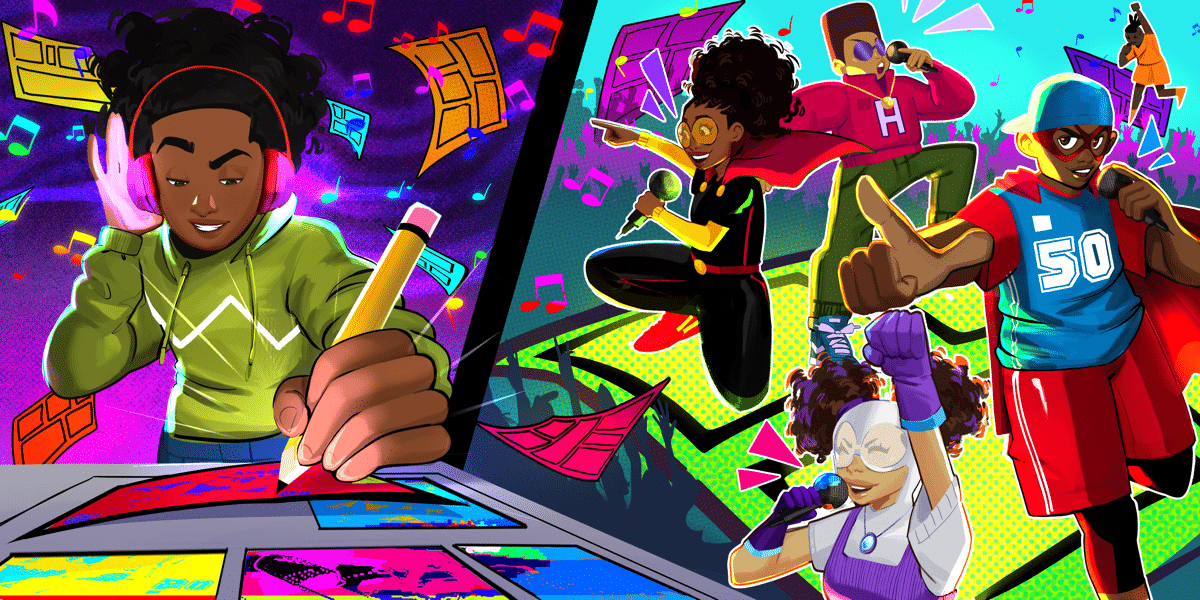

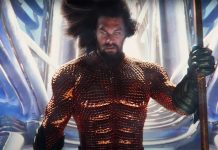
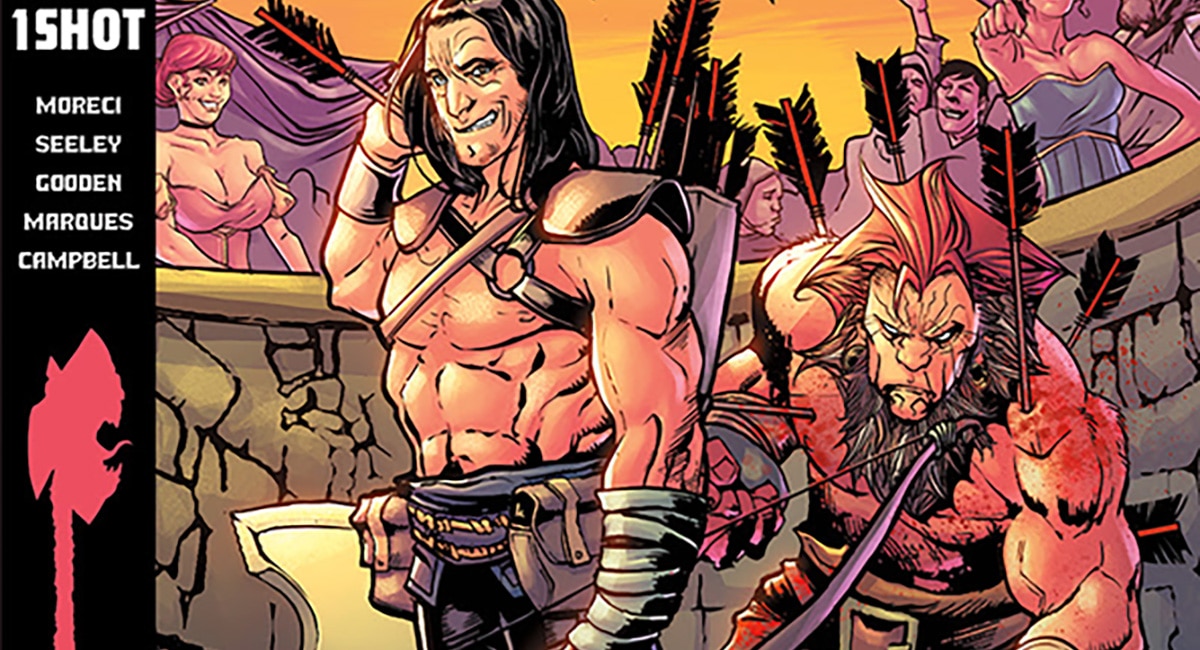

I think a lot of people don’t like superhero movies…which is not a judgement of superheroes. There’s only so many times that story can be told.
I like the idea that Justice League didn’t perform well because of the marketing. That’s nice – it lets everyone who made all of the mistakes leading up to its release off the hook.
Personally I hate superhero movies. Every one of them is inferior to the source material at its best.
Ok, so we are already 4 hating super heroes movies. :)
I’ve thought for some time that the top execs at WB just hate that they have to do super-hero movies. And they hate that they have to compete with Marvel.
Comments are closed.